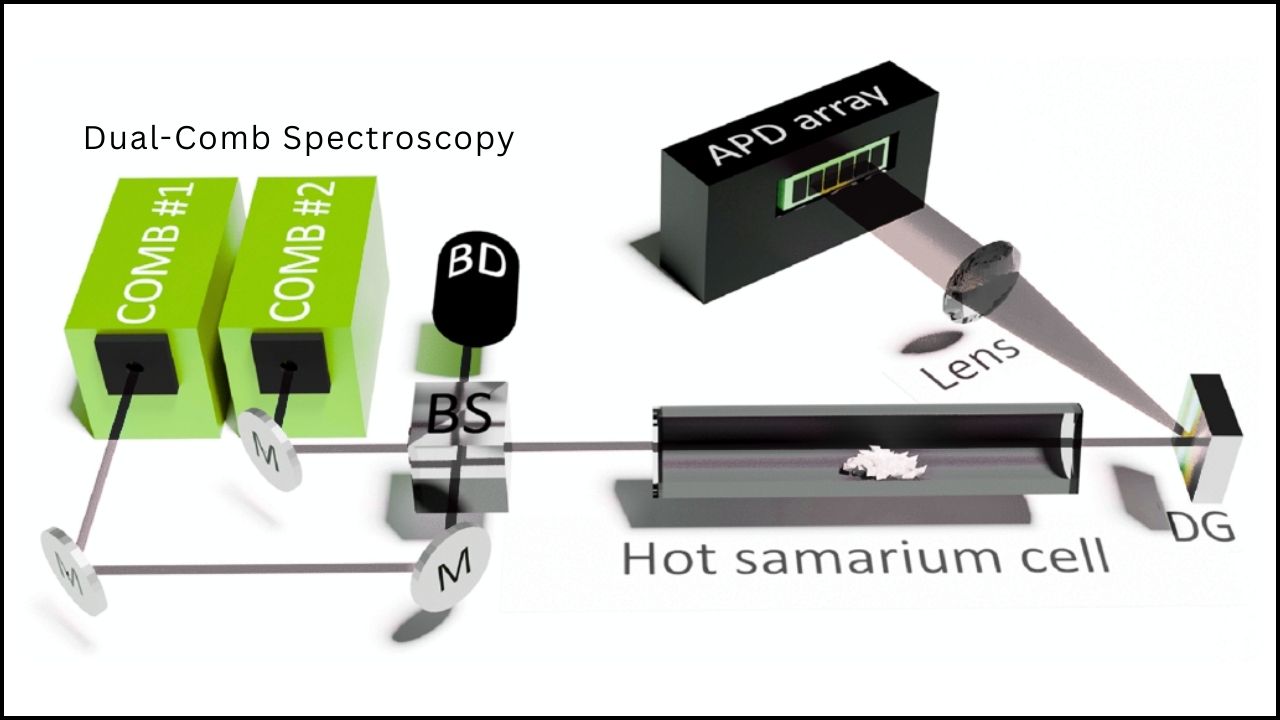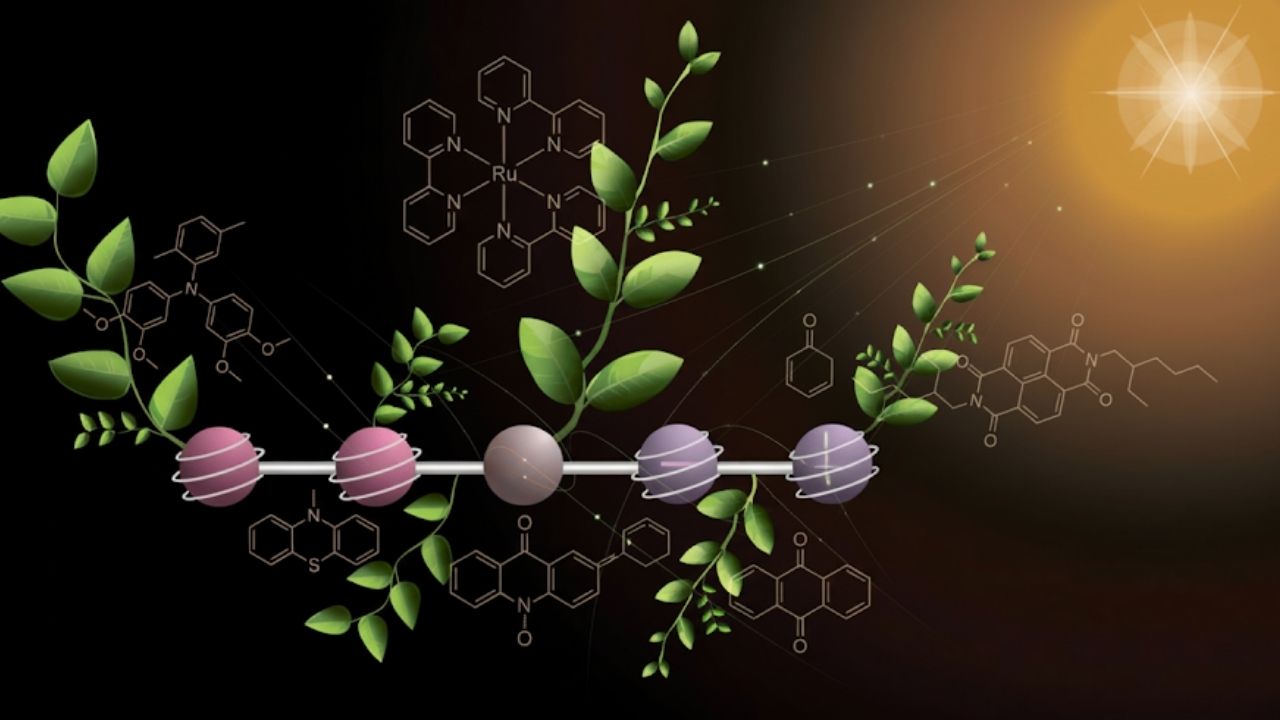The search for life beyond Earth has always captured the human imagination, but in recent years, it has become a serious scientific pursuit. China’s Mars rover, Zhurong, has made a remarkable discovery that could bring us closer than ever to answering the age-old question: Was there ever life on Mars? By exploring beneath the Martian surface, Zhurong has uncovered geological clues that suggest Mars may have once been home to vast oceans and potentially habitable environments.
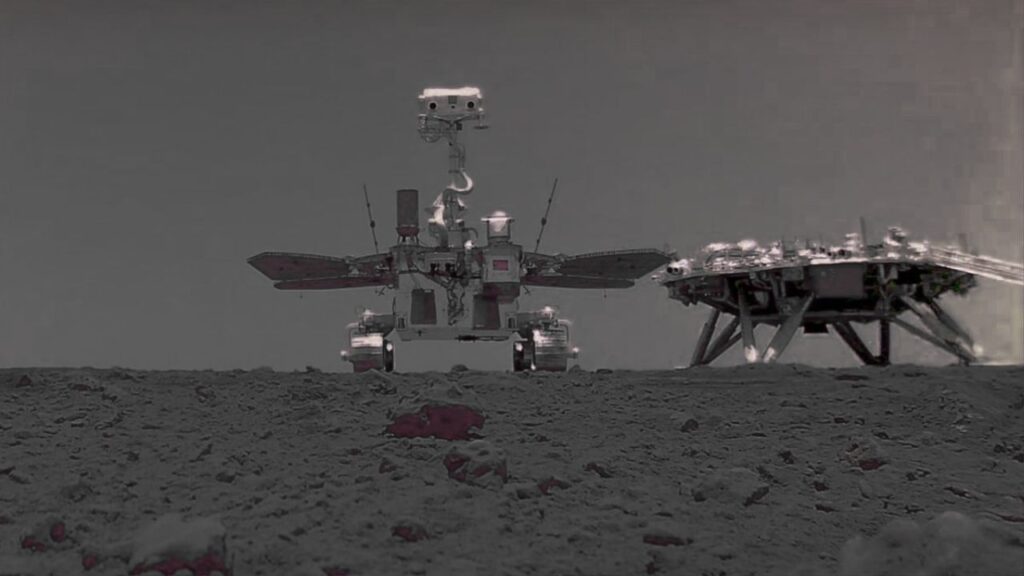
This article takes you on a journey through the story of Zhurong’s mission, the significance of its discoveries, and what they mean for the future of planetary science and the search for extraterrestrial life. Whether you’re a curious student, a space enthusiast, or a professional in the field, you’ll find valuable insights and practical information in this detailed guide.
China’s Mars Rover Uncovers Potential Clue to Signs of Life Beneath the Surface
| Feature | Details |
|---|---|
| Rover Name | Zhurong |
| Mission | Tianwen-1 (China National Space Administration) |
| Landing Site | Utopia Planitia, Mars |
| Discovery | Subsurface layers resembling ancient sandy beaches and coastal deposits |
| Radar Depth | Probed up to 80 meters (260 feet) beneath the surface |
| Significance | Supports theory of ancient Martian ocean; potential clues to past habitability |
| Operational Period | May 2021 – May 2022 (active for 358 Earth days) |
| Official Resource | China National Space Administration |
China’s Zhurong Mars rover has uncovered some of the most compelling evidence yet that Mars was once a very different world—one with oceans, beaches, and possibly even life. By using advanced radar technology to peer beneath the surface, Zhurong has revealed hidden layers of sediment that tell the story of a planet shaped by water. These discoveries are not only changing our understanding of Mars but also guiding the next generation of exploration and the search for life beyond Earth.
As scientists continue to analyze Zhurong’s data and plan new missions, the dream of finding life on Mars feels more achievable than ever. The lessons learned from Zhurong will inspire future explorers and deepen our connection to the universe.
The Zhurong Rover: China’s Trailblazer on Mars
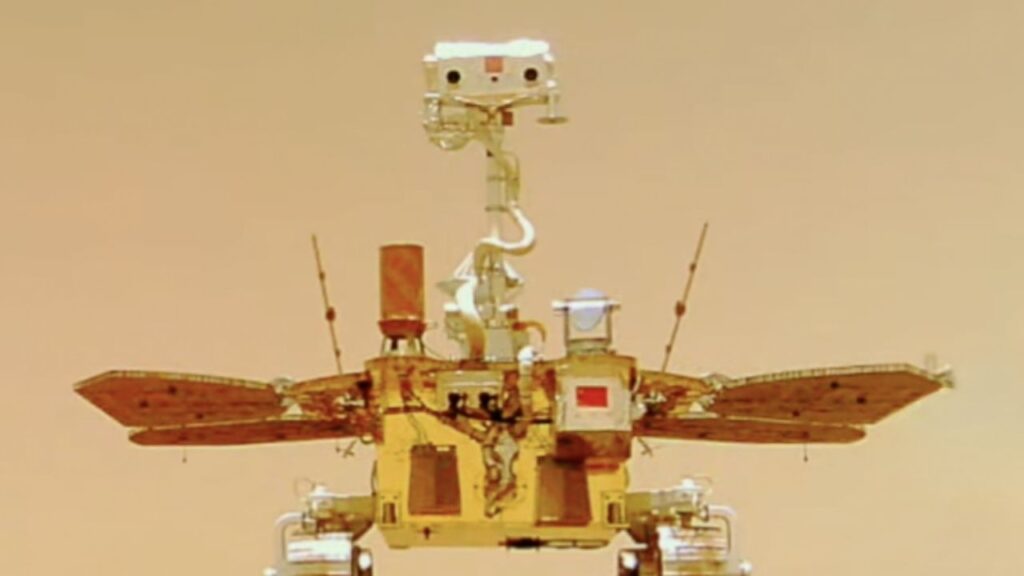
A New Era for Space Exploration
When Zhurong touched down on Mars in May 2021, it marked a major milestone for China’s space program. Not only did it make China the second nation to successfully operate a rover on Mars, but it also demonstrated the country’s growing expertise in planetary science and engineering.
Zhurong is named after an ancient Chinese fire god, symbolizing the spirit of exploration and discovery. The rover is about the size of a large desk, weighing approximately 240 kilograms, and is equipped with six advanced scientific instruments. These tools allow it to study the Martian surface, atmosphere, magnetic field, and—most importantly—the layers hidden beneath the ground.
Mission Objectives
Zhurong’s mission was designed around several key goals:
- Investigate Mars’ geology and surface composition
- Search for water ice and evidence of past water activity
- Study the Martian climate and atmospheric conditions
- Look for signs of past or present life
The rover operated for nearly a full Martian year, far exceeding its original 90-sol (Martian day) mission plan. This extended lifespan allowed Zhurong to gather a wealth of data, much of which is still being analyzed by scientists today.
How Zhurong Explores Beneath the Martian Surface
Ground-Penetrating Radar: Mars’ Subterranean X-Ray
One of Zhurong’s most powerful tools is its ground-penetrating radar. This instrument works by sending radio waves into the ground and measuring how they bounce back from different layers of soil, rock, or ice. By analyzing these signals, scientists can create detailed images of the subsurface—revealing hidden structures and materials.
- Zhurong’s radar can probe up to 80 meters (about 260 feet) below the surface.
- It provides high-resolution data, allowing researchers to distinguish between different types of sediments and rock formations.
What Did Zhurong Find?
As Zhurong traversed the Utopia Planitia region, its radar detected multiple layers of inclined, sandy sediments. These layers are strikingly similar to those found in ancient coastal environments on Earth. On our planet, such structures typically form where waves and tides deposit sand and silt along the edges of oceans, lakes, or rivers.
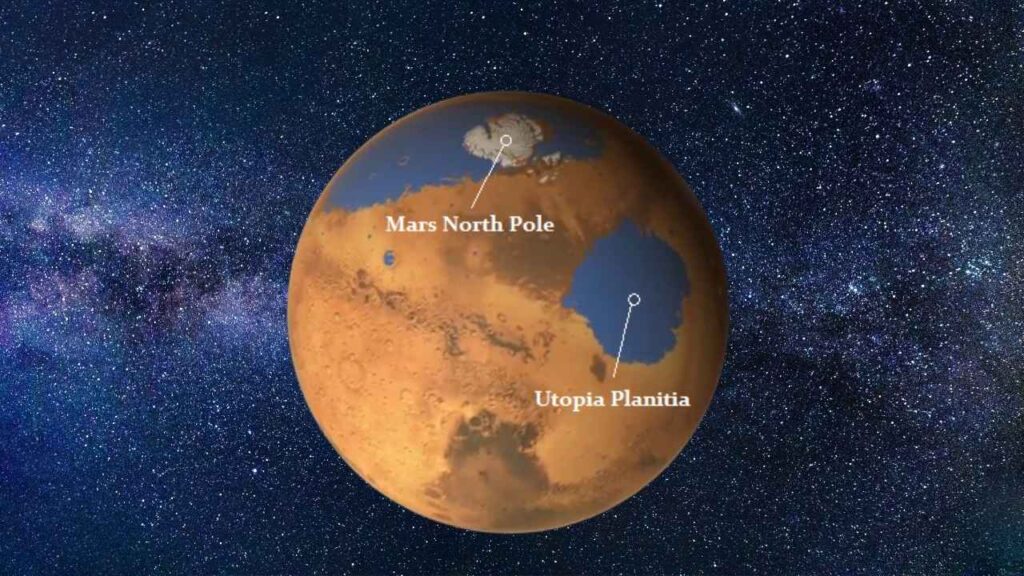
The discovery of these beach-like deposits beneath the Martian surface suggests that Utopia Planitia may have once been the shoreline of a vast ocean. The layers were found at depths ranging from about 10 to 35 meters, with some extending even deeper. The patterns and angles of these layers indicate they were shaped by flowing water—possibly waves or currents—billions of years ago.
Understanding the Significance: Why Ancient Martian Beaches Matter
Evidence for a Lost Ocean
For decades, scientists have debated whether Mars once had large bodies of liquid water. The northern plains, including Utopia Planitia, have long been considered a likely location for an ancient ocean. Zhurong’s findings provide some of the strongest geological evidence yet for this theory.
- The layered sediments detected by the rover match what we would expect to find in an ancient shoreline environment.
- These features are consistent with the presence of a large, stable body of water—possibly covering millions of square kilometers.
Implications for Life
On Earth, coastal environments are rich in life and are thought to have played a crucial role in the origin of life itself. The discovery of similar features on Mars raises the exciting possibility that the Red Planet may have once been habitable.
- Hydrated minerals found in the sediments indicate that water was not only present but may have persisted for long periods.
- These minerals can preserve signs of life, such as organic molecules or even fossilized microbes, for billions of years.
If life ever existed on Mars, ancient beaches like those discovered by Zhurong would be among the best places to look for its traces.
Advancing Planetary Science
Zhurong’s discoveries are also valuable for understanding how planets evolve over time. By studying the Martian subsurface, scientists can learn about the planet’s climate history, the role of water in shaping its surface, and the processes that may have made it habitable in the past.
How Scientists Study Mars for Signs of Life: A Step-by-Step Guide
1. Landing Safely
Getting a rover to Mars is no small feat. Engineers must design spacecraft that can survive the journey through space, the fiery descent through the Martian atmosphere, and the harsh conditions on the surface.
2. Exploring the Surface
Once safely on Mars, rovers like Zhurong use cameras and sensors to study rocks, soil, and the landscape. They look for features that suggest past water activity, such as dried-up riverbeds, deltas, or layered sediments.
3. Probing Below Ground
Ground-penetrating radar is used to peer beneath the surface, revealing hidden layers that may not be visible from above. Scientists look for:
- Layered sediments that indicate the presence of water in the past
- Buried ice or hydrated minerals that could preserve signs of life
4. Analyzing Samples
Although Zhurong does not have the ability to return samples to Earth, future missions may drill into these ancient layers and bring back rocks and soil for detailed laboratory analysis. This could allow scientists to search for:
- Organic molecules (the building blocks of life)
- Microbial fossils or other biosignatures
5. Comparing with Earth
By comparing Martian features to similar environments on Earth, scientists can better understand how these structures formed and what they might reveal about Mars’ history.
Real-World Applications and Career Insights
For Students and Enthusiasts
If you’re fascinated by space and exploration, Zhurong’s mission is a great example of how science, engineering, and curiosity come together to make new discoveries. Studying planetary science can lead to exciting careers in research, engineering, or even working on future space missions.
For Professionals
For planetary geologists, astrobiologists, and engineers, Zhurong’s findings offer valuable data for modeling Mars’ climate history, guiding the search for life, and designing future missions. The discovery of ancient beaches on Mars could shape the priorities of international space agencies for years to come.
For Educators
Zhurong’s mission provides an excellent case study for teaching about planetary science, geology, and the search for life beyond Earth. It demonstrates the importance of interdisciplinary collaboration and the power of technology to unlock the secrets of our solar system.
New Horizons Successfully Detects Distant Starlight in Deep Space Experiment
SpaceX Launches UK Satellite to Manufacture Semiconductors in Space for Quantum Tech
Time Is the Real Fabric of the Universe, Not Space, Says Groundbreaking Study
FAQs About China’s Mars Rover Uncovers Potential Clue to Signs of Life Beneath the Surface
What is the Zhurong rover?
Zhurong is China’s first Mars rover, part of the Tianwen-1 mission. It landed in the Utopia Planitia region in May 2021 and is equipped with scientific instruments to study the Martian surface and subsurface.
What did Zhurong discover beneath Mars’ surface?
Zhurong’s ground-penetrating radar found multiple layers of inclined, sandy sediments beneath the surface. These layers resemble ancient beach deposits on Earth, suggesting Mars may have once had a vast ocean.
Why is this discovery important?
The discovery provides strong geological evidence for the existence of an ancient Martian ocean and points to environments that could have supported life. It also helps scientists understand how Mars’ climate and geology have changed over time.
How does Zhurong’s discovery compare to findings by NASA’s rovers?
While NASA’s rovers have found evidence of ancient rivers, lakes, and deltas, Zhurong’s discovery of beach-like sediments adds a new dimension by suggesting a large, stable ocean once existed in Mars’ northern plains.
What’s next for Mars exploration?
Future missions may target these ancient beach deposits to search for signs of life. Plans for Mars Sample Return missions could allow scientists to study Martian rocks and soil in detail on Earth.


